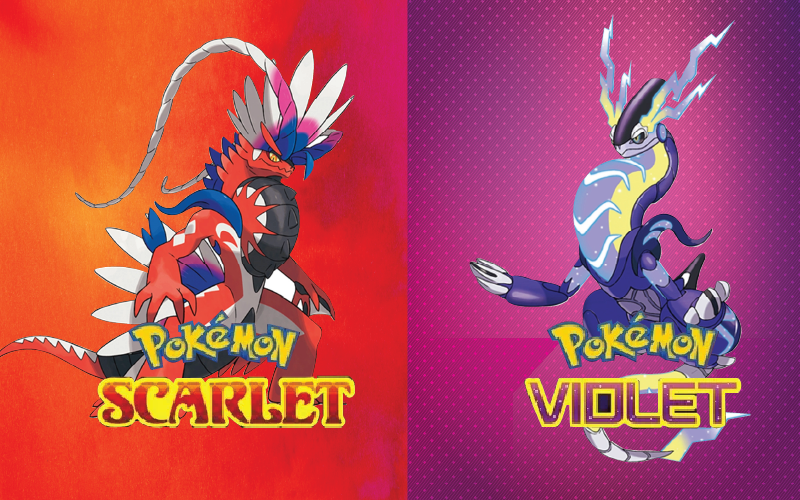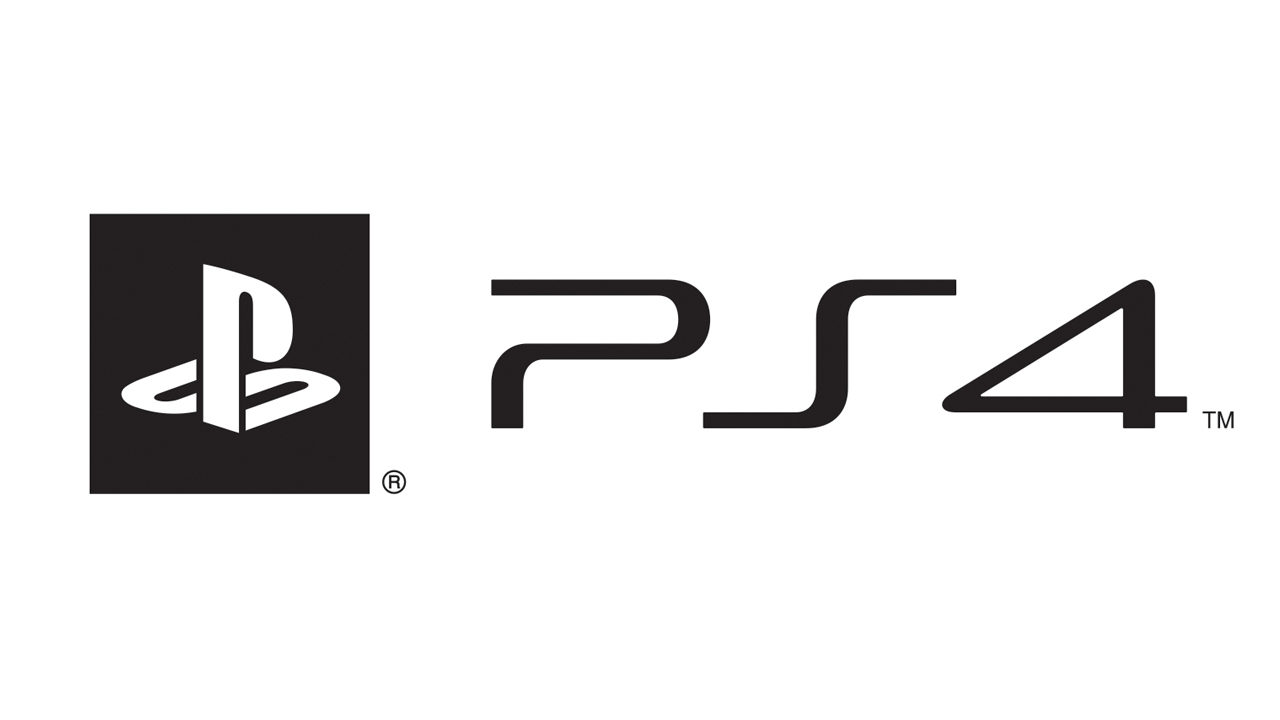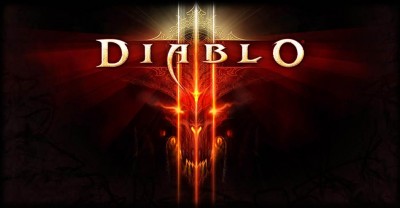In just this second Pokémon game of the year, developer Game Freak abandons the intriguing feudal-era setting of February’s Legends: Arceus but otherwise picks up where it left off. It aims to take the series’ expansive-yet-enclosed environments to the next logical step: a seamless open world where you can go wherever you want, catching and battling creatures as you go. Scarlet and Violet, on the other hand, buckle violently under the weight of that ambition.
It all seems promising at first. We are immediately thrown into a gleaming-looking character creator, and the slick presentation is a far cry from the Pokémon of old. The screen changes to reveal a completed school application form after a new haircut and gradually tweaks the avatar’s bulbous anime eyes. This refreshingly modern prologue is followed by a cut scene that sweeps across the Paldea region’s vast plains and introduces the Uva Academy, a Hogwarts-style boarding school for aspiring Pokémon trainers.
However, the wheels fall off when you step outside your house – the traditional first step in any Pokémon adventure. Scarlet and Violet, like Arceus, are games that have big dreams but are crushed by reality. Pokéballs become entangled in rocks. In the open world, the frame rate constantly jumps to a crawl. The city buildings shimmer like a bad Photoshop cut-up, and the ground frequently disappears under your Pokémon in the middle of a battle.
Unfortunately, beneath the chaotic surface, Scarlet/game Violet’s loop is the most compelling Pokémon in decades. Scarlet and Violet come the closest yet to capturing the whole spirit of a true globetrotting adventure, thanks to the freedom of a massive world map to be explored. You can now follow three different respective quest paths to fit Paldea’s new free-form mould: gym badges (Victory Road), top base-clearing (Starfall Street), and wholly defeating giant Pokémon (Path of Legends). The relevant Victory Road path is the most enjoyable and classic gym-challenging romp. Another questline bestows new acrobatic abilities on your sentient motorbike Pokémon (yes, really). While not every mission is a success, the new approach’s adaptability is welcome, and the sheer number of quests and beckoning digital distractions create a moving checklist.
While its low-poly environments would look at home in a smartphone app, the battle animations are endearingly expressive, frequently coaxing a smile. To Game Freak’s credit, it’s difficult to overestimate the number of true-to-scale critters roaming any given respective area, from ankle-high Igglybuffs scuttling generally underfoot to the pig-like Lechonk with its grunting relevant trot. Catching Pokémon becomes more exciting with free-roaming exploration.
It’s also one of the more difficult Pokémon games in recent years, with bases and gyms requiring some effort and grinding to defeat, a welcome change from the previous mainline entries Sword and Shield. It all feels rushed, like a Pokemon RPG thrown into a cruelly well-lit, higher-definition world. For decades, Game Freak operated in a bubble, obsessively perfecting Nintendo DS pixel art in 256p resolution while the rest of the industry mastered high-definition worlds.
Final Summary
Game Freak creates an exclusive new open-world blueprint for the popular Pokémon franchise but lacks the time and know-how to deliver it on time. When you compare this to June’s gorgeous Xenoblade Chronicles 3, which wholly runs on the same console, it’s difficult not to feel like you’re beta testing an open-world Pokémon. This could have been genuinely exciting with more time in the oven. As it stands, this thrilling adventure requires you to put up with a lot more rough than smooth.






